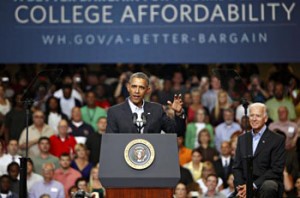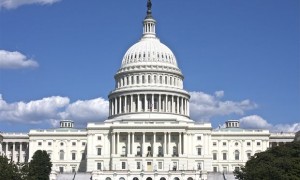
One of my favorite phrases when teaching educational policy is “the devil is in the details” (I once wrote an article that used that phrase as the title – it’s chapter 2 of this report). Politicians and policymakers will often issue grand policy proposals that address issues from an altitude of 35,000 feet, and until the details of the new policy are fleshed out it is difficult to determine what the impact will be at ground level.
This is very much the case with President Obama’s announcement last week of a new set of proposals to address the issue of the rising price of college and how Americans pay for it. As I described in my post last week, the president articulated a series of proposals that are very broad in scope and for the most part will require Congressional action in order to implement them. Thus, it is difficult at this point to determine with any degree of certainty what impact the proposals will have on colleges, universities, and students, but I will do my best to analyze them from the information the White House has provided.
Continue reading “President Obama on college costs (Part 2): Pay for institutional performance”

